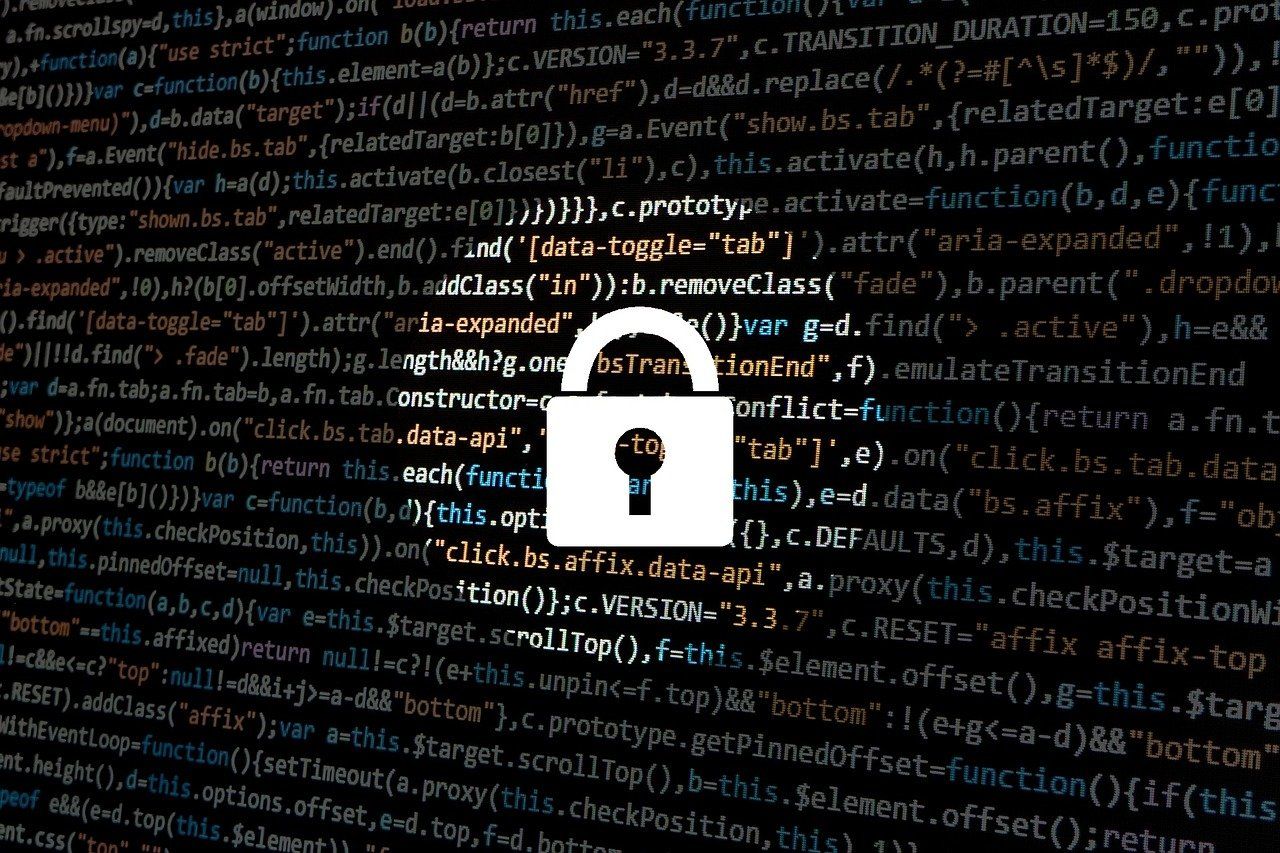The digital transformation and shift in work patterns have drastically changed the network security landscape. Employees are bringing remote devices and accessing data from outside the corporate network. The same data is also shared with external collaborators like partners and vendors.
This process of data moving from an on-premises model to hybrid environments often leaves valuable breadcrumbs for attackers that can compromise the entire network security.
Today, organizations need a security model that can adapt to the complexity of the post-pandemic workplace environment and remote workforce. Their approach must protect devices, applications, and data irrespective of their location. This is made possible by embracing the zero-trust security model.
So, what is the zero-trust security model? Let's take a look.
Defending Against Ransomware Attacks
The shift to remote work during COVID-19 has seen a sharp rise in ransomware attacks. Not only has the impact and frequency of the attacks increased, but the cost associated with each ransomware attack has also gone through the roof.
According to IBM’s 2021 Cost of a Data Breach Report, the cost of a breach that year rose to $4.24 million—the highest average total cost in the 17-year history of the report. The victims include major corporations like SolarWinds and the Colonial Pipeline, causing network outages and millions of dollars' worth of damage.
The main reason for the surge was attributed to the pandemic and the ensuing work-from-home culture. The report also found that the cost of a breach was $1.76 million less at organizations that had implemented a mature zero-trust model compared to organizations without it.
This clearly indicates the importance of implementing a zero-trust security approach, especially when it's likely that a lot of employees will choose to stick with at least a hybrid working agreement.
What Is a Zero-Trust Security Model?
The traditional network security model trusts any user and device inside the network. The inherent problem with this approach is that once a cybercriminal gains access to the network, they can move freely through internal systems without much resistance.
The zero-trust security architecture, on the other hand, sees everyone and everything as hostile. The term “zero-trust” was first coined in 2010 by John Kindervag—a Forrester Research analyst—and is built on the core principle to never trust anyone and always verify things.
The zero-trust model requires strict identity verification for all users and devices before granting them access to resources, regardless of whether they’re within or outside the network perimeter.
The Guiding Principles of Zero-Trust Framework
The zero-trust security model is not a single technology or solution. Rather, it’s a strategy upon which network admins can build the security ecosystem. Here are some of the guiding principles of zero-trust security architecture.
1. Continuous Verification
The zero-trust model assumes that there are attack vectors both within and outside of the network. Thus, no user or device should be implicitly trusted and granted access to sensitive data and applications. This model continuously verifies the identities, privileges, and security of the users and machines. As the risk level changes, connection timeouts force users and devices to re-verify their identities.
2. Micro-Segmentation
Micro-segmentation is the practice of dividing security perimeters into smaller segments or zones. This helps maintain separate access to separate parts of the network. For instance, a user or program with access to one zone will not be able to access a different zone without proper authorization.
Micro-segmentation helps in limiting the lateral movement of the attackers after they gain access to the network. This significantly mitigates the attack surface since each segment of the network requires a separate authorization.
3. The Principle of Least Privilege
The least privilege principle is based on giving users just enough access necessary for a use case or operation. This means that a particular user account or device will be granted access only to the use case and nothing more.
Network administrators need to be careful when granting access to users or applications and remember to revoke those privileges once the access is no longer needed.
The least privilege access policy minimizes a user’s exposure to sensitive parts of the network, thus reducing the blast radius.
4. Endpoint Security
In addition to the least-privilege access, the zero-trust model also takes measures to protect end-user devices against security risks. All the endpoint devices are continuously monitored for malicious activity, malware, or network access requests initiated from a compromised endpoint.
The Benefits of Implementing a Zero-Trust Security Model
Zero-trust addresses a wide range of issues with the traditional security model. Some of the benefits of the framework include:
1. Protection Against Internal and External Threats
Zero-trust sees every user and machine as hostile. It catches the threats originating from outside of the network as well as the internal threats that are hard to detect.
2. Reduces the Risk of Data Exfiltration
Thanks to network segmentation, access to different network zones is tightly controlled in the zero-trust model. This minimizes the risk of transferring sensitive information out of the organization.
3. Ensures Remote Workforce Security
The rapid shift to cloud applications has paved the way for a remote work environment. Employees can collaborate and access network resources from anywhere using any device. Endpoint security solution makes it possible to ensure the security of such a scattered workforce.
4. A Good Investment Against Data Loss
Considering how expensive data breaches are, implementing a zero-model security approach should be viewed as an excellent investment against cyberattacks. Any money that is spent on preventing data loss and theft is money well spent.
Trust Nothing, Verify Everything
The surge in ransomware attacks amidst the pandemic proves that organizations need to embrace a security model that can accommodate a distributed workforce and remote work culture. As such, the zero-trust mechanism can significantly reduce the attack surface area through network segmentation and the least privilege access principle.
It works on the basic principle of never trusting a user or device and verifying everyone before granting them access to resources. This explicit trust reduces risk and improves your security posture regardless of where your endpoints are located.




